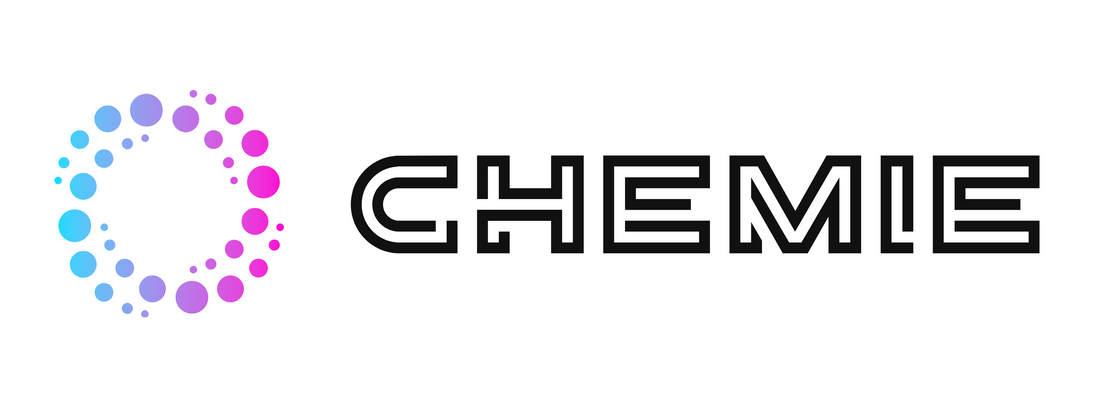The Main Principles Of Chemie
The Main Principles Of Chemie
Blog Article
Rumored Buzz on Chemie
Table of ContentsA Biased View of ChemieNot known Facts About Chemie9 Easy Facts About Chemie DescribedOur Chemie IdeasThe Greatest Guide To ChemieWhat Does Chemie Do?
By Bojanna Shantheyanda, Sreya Dutta, Kevin Coscia and David SchiemerDynalene, Inc. Liquid air conditioning, which can be attained utilizing indirect or straight ways, is made use of in electronics applications having thermal power thickness that may go beyond risk-free dissipation via air cooling. Indirect liquid cooling is where heat dissipating digital parts are physically divided from the liquid coolant, whereas in instance of direct air conditioning, the components remain in direct call with the coolant.Nevertheless, in indirect cooling applications the electric conductivity can be essential if there are leaks and/or spillage of the liquids onto the electronics. In the indirect cooling applications where water based liquids with corrosion inhibitors are usually used, the electric conductivity of the liquid coolant generally relies on the ion concentration in the fluid stream.
The boost in the ion focus in a shut loophole liquid stream may happen as a result of ion seeping from steels and nonmetal components that the coolant fluid touches with. Throughout procedure, the electrical conductivity of the fluid may raise to a degree which can be unsafe for the cooling system.
Everything about Chemie
(https://www.indiegogo.com/individuals/38353167)They are bead like polymers that can trading ions with ions in a service that it touches with. In today job, ion leaching examinations were done with different metals and polymers in both ultrapure deionized (DI) water, i.e. water which is dealt with to the highest degrees of purity, and low electric conductive ethylene glycol/water mix, with the measured adjustment in conductivity reported gradually.
The samples were allowed to equilibrate at area temperature level for two days before taping the preliminary electric conductivity. In all tests reported in this research study liquid electric conductivity was gauged to a precision of 1% utilizing an Oakton disadvantage 510/CON 6 series meter which was adjusted prior to each dimension.
The Ultimate Guide To Chemie
from the wall home heating coils to the center of the heating system. The PTFE example containers were placed in the heating system when steady state temperatures were gotten to. The test configuration was gotten rid of from the heating system every 168 hours (7 days), cooled down to space temperature with the electric conductivity of the fluid gauged.
The electric conductivity of the liquid example was kept track of for a total amount of 5000 hours (208 days). Number 2. Schematic of the indirect shut loophole cooling experiment set-up - meg glycol. Table 1. Elements made use of in the indirect shut loop cooling experiment that touch with the liquid coolant. A schematic of the speculative arrangement is revealed in Number 2.

The 7-Minute Rule for Chemie
The modification in fluid electrical conductivity was kept track of for 136 hours. The fluid from the system was accumulated and kept.

0.1 g of browse around here Dowex resin was included to 100g of liquid examples that was absorbed a different container. The combination was mixed and transform in the electric conductivity at room temperature was measured every hour. The determined adjustment in the electrical conductivity of the UP-H2O and EG-LC test fluids containing polymer or metal when engaged for 5,000 hours at 80C is shown Figure 3.
Some Known Details About Chemie
Ion leaching experiment: Calculated adjustment in electric conductivity of water and EG-LC coolants consisting of either polymer or steel samples when immersed for 5,000 hours at 80C. The results show that metals contributed less ions into the liquids than plastics in both UP-H2O and EG-LC based coolants.
Liquids including polypropylene and HDPE showed the most affordable electric conductivity changes. This might be as a result of the short, inflexible, linear chains which are much less most likely to contribute ions than longer branched chains with weaker intermolecular pressures. Silicone additionally did well in both examination liquids, as polysiloxanes are normally chemically inert as a result of the high bond energy of the silicon-oxygen bond which would protect against deterioration of the product right into the liquid.
The Of Chemie
It would certainly be expected that PVC would create similar outcomes to those of PTFE and HDPE based on the comparable chemical structures of the materials, however there might be various other pollutants existing in the PVC, such as plasticizers, that may impact the electric conductivity of the liquid - inhibited antifreeze. In addition, chloride teams in PVC can likewise leach right into the test fluid and can cause a rise in electric conductivity
Buna-N rubber and polyurethane showed indications of degradation and thermal decomposition which suggests that their feasible utility as a gasket or adhesive product at greater temperature levels might lead to application concerns. Polyurethane totally disintegrated right into the test liquid by the end of 5000 hour test. Number 4. Before and after photos of metal and polymer samples immersed for 5,000 hours at 80C in the ion leaching experiment.
Measured change in the electrical conductivity of UP-H2O coolant as a function of time with and without resin cartridge in the closed indirect air conditioning loop experiment. The measured modification in electric conductivity of the UP-H2O for 136 hours with and without ion exchange resin in the loop is revealed in Figure 5.
Report this page